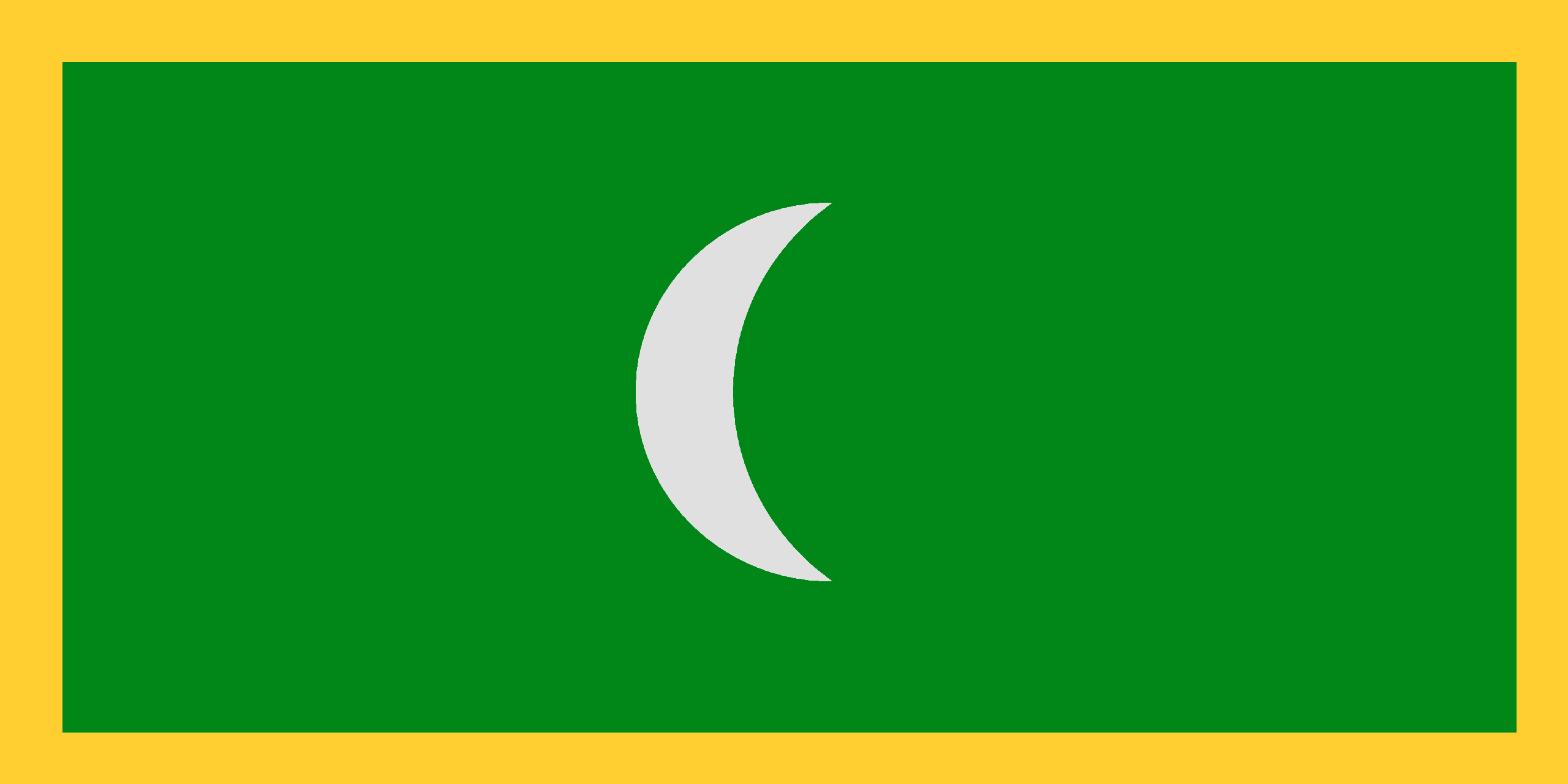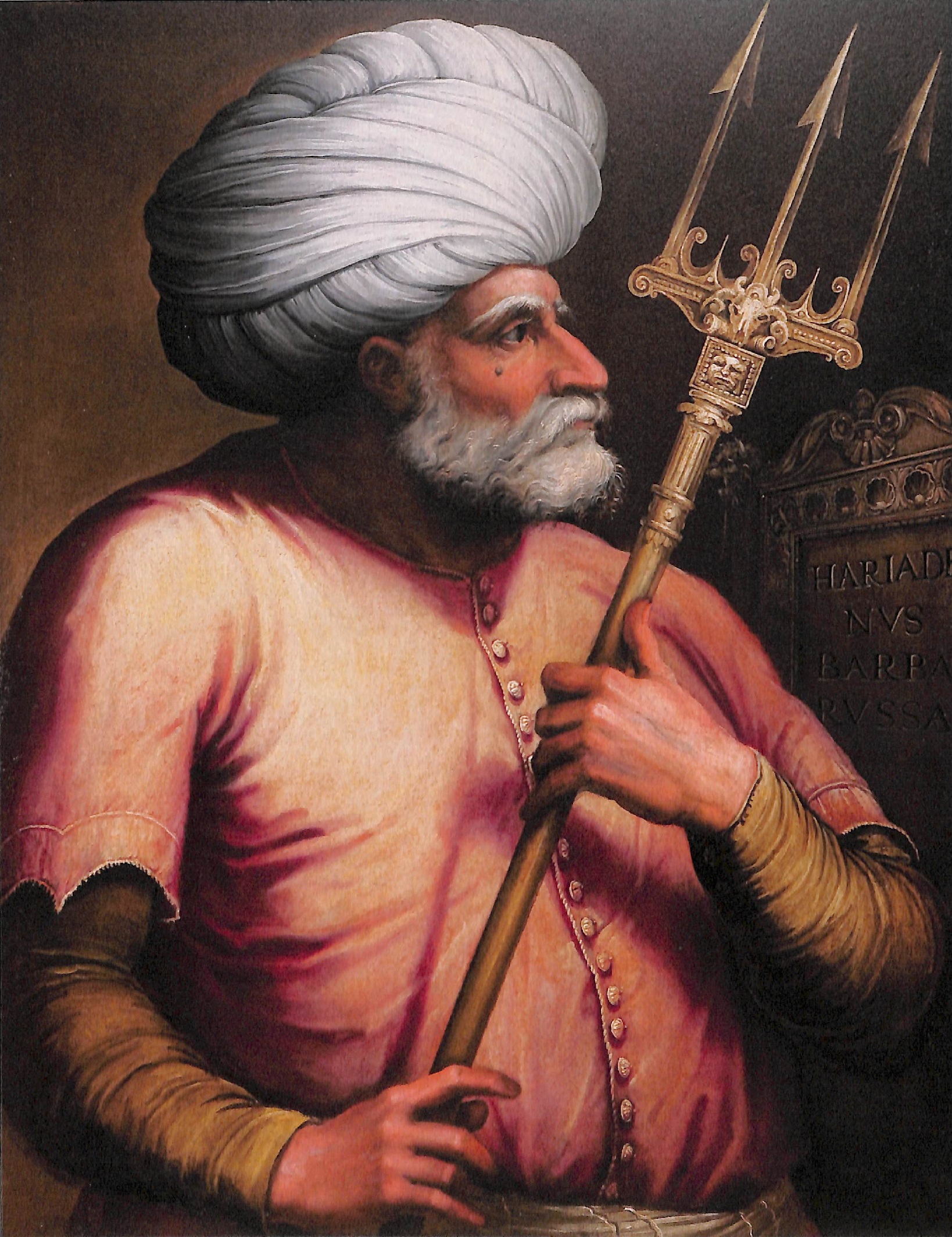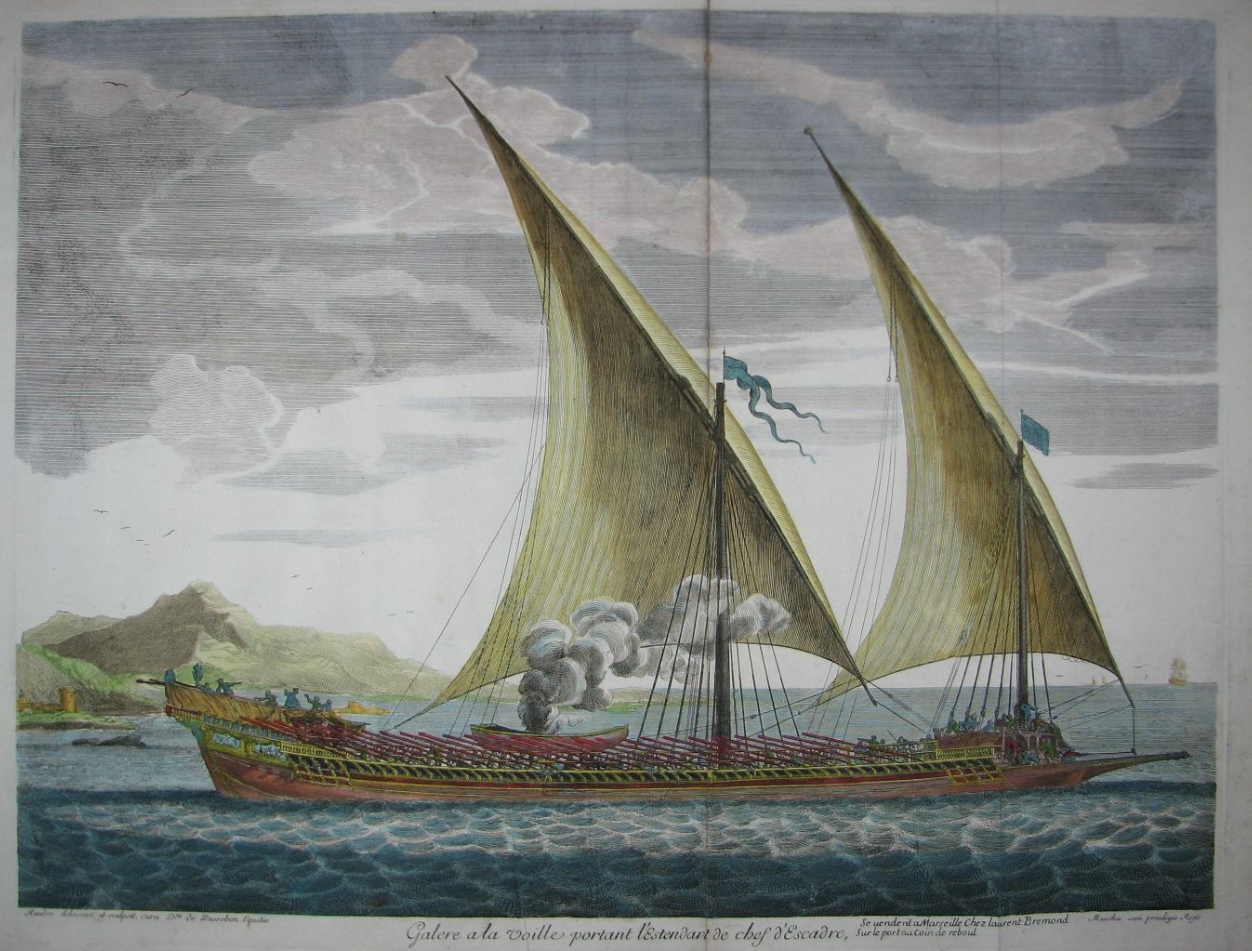|
Campaign Of Cherchell (1531)
The Campaign of Cherchell occurred in July 1531, when Charles V sent the admiral Andrea Doria, to take Cherchell as a bridgehead in North Africa.Ring, Trudy, and Noelle Watson. Middle East and Africa: International Dictionary of Historic Places. Routledge, 2014.Servantie, Alain"The Mediterranean Policy of Charles V."A New World: Emperor Charles V and the Beginnings of Globalisation (2021): 83. A French fleet of 13 galleys took part under Andrea Doria. Doria was supported by 32 galleys, eight galleons, five brigantines, two lateen sails, and three ships. In July 1531, the admiral left Genoa and landed at Cherchell with 1,500 men. He seized the city and liberated several hundred Christian slaves. While the troops disbanded to engage in looting, the Turks took advantage, massacred and routed the invaders, as well as, took 600 captives. Some of the other Turks opened fire on the galleys. As a result, Doria set sail fearing that he might see his vessels sink and understanding that h ... [...More Info...] [...Related Items...] OR: [Wikipedia] [Google] [Baidu] |
Spanish–Ottoman Wars
The Spanish–Ottoman wars were a series of wars fought between the Ottoman Empire and the Spanish Empire for Mediterranean and overseas sphere of influence, influence, and specially for global religious dominance between the Catholic Church and Ottoman Caliphate. The peak of the conflict was in the 16th century, during the reigns of Charles V, Holy Roman Emperor, Charles V, Philip II of Spain, and Suleiman the Magnificent in the years 1515–1577, although it formally ended in 1782. Prelude Clash of interests in the Mediterranean and Europe The Islamic Spain, Islamic rule in the Iberian Peninsula, which Muslim conquest of the Iberian Peninsula, began in 711, experienced its last glorious period during the reign of Abd ar-Rahman III (929–961); after his death, the Umayyad state of Córdoba, Andalusian Umayyad State began to decline, and with the Fitna of al-Andalus, collapse of this state in 1031, the Taifa, ''Tawaif-i Mulûk'' period, in which various Muslim emirates (at ... [...More Info...] [...Related Items...] OR: [Wikipedia] [Google] [Baidu] |
Cherchell
Cherchell () is a town on Algeria's Mediterranean coast, west of Algiers. It is the seat of Cherchell District in Tipaza Province. Under the names Iol and Caesarea, it was formerly a Roman colony and the capital of the kingdoms of Numidia and Mauretania. Names The town was originally known by a Phoenician and Punic name that included the element (), meaning "island". Yol is often attributed to the name of a local divinity of the sea as the word "''Ilel'' / ''Yelel" in local etymology'' meaning sea in Tamazight. This may have been , meaning "Island of Sand". The Punic name was hellenized as ''Iṑl'' (Greek language:Ἰὼλ) and latinized as Iol. The modern name Cherchel and Cherchell are French transcriptions of the berber word ''Šaršār'' (''Achercher'') to signify "Waterfall".. The modern name may have derived from the town's old Latin name Caesarea (Greek language: ἡ Καισάρεια, ''hē Kaisáreia''), the name given by the ruler Juba II. to honor ... [...More Info...] [...Related Items...] OR: [Wikipedia] [Google] [Baidu] |
Charles V Arms-personal
Charles is a masculine given name predominantly found in English and French speaking countries. It is from the French form ''Charles'' of the Proto-Germanic name (in runic alphabet) or ''*karilaz'' (in Latin alphabet), whose meaning was "free man". The Old English descendant of this word was '' Ċearl'' or ''Ċeorl'', as the name of King Cearl of Mercia, that disappeared after the Norman conquest of England. The name was notably borne by Charlemagne (Charles the Great), and was at the time Latinized as ''Karolus'' (as in ''Vita Karoli Magni''), later also as '' Carolus''. Etymology The name's etymology is a Common Germanic noun ''*karilaz'' meaning "free man", which survives in English as churl (James (< Latin ''-us'', see Spanish/ Portuguese ''Carlos''). According to Julius Pokorny, the historical linguist and Indo-European studies, Indo-Europeanist, the root meaning of Charles is "old man", from Proto-Indo-European language, Indo-European *wikt:Appendix:Proto-Indo-E ... [...More Info...] [...Related Items...] OR: [Wikipedia] [Google] [Baidu] |
Charles V, Holy Roman Emperor
Charles V (24 February 1500 – 21 September 1558) was Holy Roman Emperor and Archduke of Austria from 1519 to 1556, King of Spain (as Charles I) from 1516 to 1556, and Lord of the Netherlands as titular Duke of Burgundy (as Charles II) from 1506 to 1555. He was heir to and then head of the rising House of Habsburg. His dominions in Europe included the Holy Roman Empire, extending from Germany to northern Italy with rule over the Austrian hereditary lands and Burgundian Low Countries, and Spain with its possessions of the southern Italian kingdoms of Naples, Sicily and Sardinia. In the Americas, he oversaw the continuation of Spanish colonization and a short-lived German colonization. The personal union of the European and American territories he ruled was the first collection of realms labelled " the empire on which the sun never sets". Charles was born in Flanders to Habsburg Archduke Philip the Handsome, son of Maximilian I, Holy Roman Emperor and Mary of Burg ... [...More Info...] [...Related Items...] OR: [Wikipedia] [Google] [Baidu] |
Habsburg Spain
Habsburg Spain refers to Spain and the Hispanic Monarchy (political entity), Hispanic Monarchy, also known as the Rex Catholicissimus, Catholic Monarchy, in the period from 1516 to 1700 when it was ruled by kings from the House of Habsburg. In this period the Spanish Empire was at the zenith of its influence and power. During this period, Spain held many territories, including American continental holdings and the Spanish West Indies, West Indies; European territories like the Habsburg Netherlands, Low Countries, Council of Italy, Italian territories, Iberian Union, Portugal and parts of County of Burgundy, France; and the Captaincy General of the Philippines, Philippines and other possessions in Southeast Asia. The period of Spanish history has also been referred to as the "Age of Discovery, Age of Expansion". The Habsburg name was not always used by the family members, who often emphasized their more prestigious princely titles. The dynasty was long known as the "House of Austr ... [...More Info...] [...Related Items...] OR: [Wikipedia] [Google] [Baidu] |
Ottoman Algeria
The Regency of Algiers was an early modern semi-independent Ottoman province and nominal vassal state on the Barbary Coast of North Africa from 1516 to 1830. Founded by the privateer brothers Aruj and Hayreddin Reis (also known as the Barbarossa brothers), the Regency succeeded the Kingdom of Tlemcen as an infamous and formidable base that waged maritime holy war on European Christian powers. Elected regents headed a stratocracy that haunted European imagination for three centuries but still gained recognition as a regional power. The Regency emerged in the 16th-century Ottoman–Habsburg wars. As self-proclaimed gaining popular support and legitimacy from the religious leaders at the expense of hostile local emirs, the Barbarossa brothers and their successors carved a unique corsair state that drew revenue and political power from its naval warfare against Habsburg Spain. In the 17th century, when the wars between Spain and the Ottoman Empire, Kingdom of France, Kin ... [...More Info...] [...Related Items...] OR: [Wikipedia] [Google] [Baidu] |
Andrea Doria
Andrea Doria, Prince of Melfi (; ; 30 November 146625 November 1560) was an Italian statesman, ', and admiral, who played a key role in the Republic of Genoa during his lifetime. From 1528 until his death, Doria exercised a predominant influence in the councils of the Genoese republic, and was considered the foremost naval leader in Europe at his time. He became Charles V, Holy Roman Emperor, Holy Roman Emperor Charles V's grand admiral, a position he employed both to protect Genoa's independence and to maintain his own control over the city. He also acted as a privateer with the ships he owned in order to increase his wealth. His fleet helped secure the imperial naval lines between Spain and Italy, although he had a mixed success against the eminent threat of the Ottoman Empire, Ottoman navy.Christina Shaw, ''Barons and Castellans: The Military Nobility of Renaissance Italy'' 2014, Brill, ISBN 9789004282766, p. 133-134 As the ruler of Genoa, Doria reformed the Republic's cons ... [...More Info...] [...Related Items...] OR: [Wikipedia] [Google] [Baidu] |
Hayreddin Barbarossa
Hayreddin Barbarossa (, original name: Khiḍr; ), also known as Hayreddin Pasha, Hızır Hayrettin Pasha, and simply Hızır Reis (c. 1466/1483 – 4 July 1546), was an Ottoman corsair and later admiral of the Ottoman Navy. Barbarossa's naval victories secured Ottoman dominance over the Mediterranean during the mid-16th century. Born on Lesbos, Khizr began his naval career as a corsair under his elder brother Oruç Reis. In 1516, the brothers captured Algiers from Spain, with Oruç declaring himself Sultan. Following Oruç's death in 1518, Khizr inherited his brother's nickname, "Barbarossa" ("Redbeard" in Italian). He also received the honorary name ''Hayreddin'' (from Arabic '' Khayr ad-Din'', "goodness of the faith" or "best of the faith"). In 1529, Barbarossa took the Peñón of Algiers from the Spaniards. In 1533, Barbarossa was appointed Kapudan Pasha (grand admiral) of the Ottoman Navy by Suleiman the Magnificent. He led an embassy to France in the same year, ... [...More Info...] [...Related Items...] OR: [Wikipedia] [Google] [Baidu] |
Galley
A galley is a type of ship optimised for propulsion by oars. Galleys were historically used for naval warfare, warfare, Maritime transport, trade, and piracy mostly in the seas surrounding Europe. It developed in the Mediterranean world during Classical antiquity, antiquity and continued to exist in various forms until the early 19th century. It typically had a long, slender hull, shallow draft (hull), draft, and often a low freeboard (nautical), freeboard. Most types of galleys also had sails that could be used in favourable winds, but they relied primarily on oars to move independently of winds and currents or in battle. The term "galley" originated from a Greek term for a small type of galley and came in use in English from about 1300. It has occasionally been used for unrelated vessels with similar military functions as galley but which were not Mediterranean in origin, such as medieval Scandinavian longships, 16th-century Ghali (ship), Acehnese ghalis and 18th-century North ... [...More Info...] [...Related Items...] OR: [Wikipedia] [Google] [Baidu] |
Galleon
Galleons were large, multi-decked sailing ships developed in Spain and Portugal. They were first used as armed cargo carriers by Europe, Europeans from the 16th to 18th centuries during the Age of Sail, and they were the principal vessels drafted for use as Warship, warships until the Anglo-Dutch Wars of the mid-17th century. Galleons generally carried three or more masts with a lateen fore-and-aft rig on the rear masts, were Carvel (boat building), carvel built with a prominent squared off raised stern, and used square-rigged sail plans on their fore-mast and Mast (sailing), main-masts. Such ships played a major role in commerce in the sixteenth and seventeenth centuries and were often drafted into use as auxiliary naval war vessels—indeed, they were the mainstay of contending fleets through most of the 150 years of the Age of Exploration—before the Anglo-Dutch wars made purpose-built warships dominant at sea during the remainder of the Age of Sail. Terminology The word ... [...More Info...] [...Related Items...] OR: [Wikipedia] [Google] [Baidu] |
Brigantine
A brigantine is a two-masted sailing vessel with a fully square-rigged foremast and at least two sails on the main mast: a square topsail and a gaff sail mainsail (behind the mast). The main mast is the second and taller of the two masts. Older usages are looser; in addition to the rigorous definition above (attested from 1695), the ''Oxford English Dictionary'' includes two definitions: "a small vessel equipped both for sailing and rowing, swifter and more easily manœuvred than larger ships" and "(loosely) various kinds of foreign sailing and rowing vessels, as the galleon, galliot, etc." Modern American definitions include vessels without any square sail(s) on the main mast. Mediterranean brigantines In the Mediterranean Basin during the 13th century, a brigantine referred to a sail- and oar-driven war vessel. It was lateen rigged on two masts and had between eight and twelve oars on each side. Its speed, maneuverability, and ease of handling made it a favourite of Med ... [...More Info...] [...Related Items...] OR: [Wikipedia] [Google] [Baidu] |
Lateen Sail
A lateen (from French ''latine'', meaning "Latin") or latin-rig is a triangular sail set on a long yard mounted at an angle on the mast, and running in a fore-and-aft direction. The settee can be considered to be an associated type of the same overall category of sail. The lateen originated in the Mediterranean as early as the 2nd century AD, during Roman times, and became common there by the 5th century. The wider introduction of lateen rig at this time coincided with a reduction in the use of the Mediterranean square rig of the classical era. Since the performance of these two rigs is broadly similar, it is suggested that the change from one to the other was on cost grounds, since lateen rigs used fewer components and had less cordage to be replaced when it wore out. Arab seafarers adopted the lateen rig at a later datethere is some limited archaeological evidence of lateen rig in the Indian Ocean in the 13th century AD and iconographic evidence from the 16th century. It h ... [...More Info...] [...Related Items...] OR: [Wikipedia] [Google] [Baidu] |





